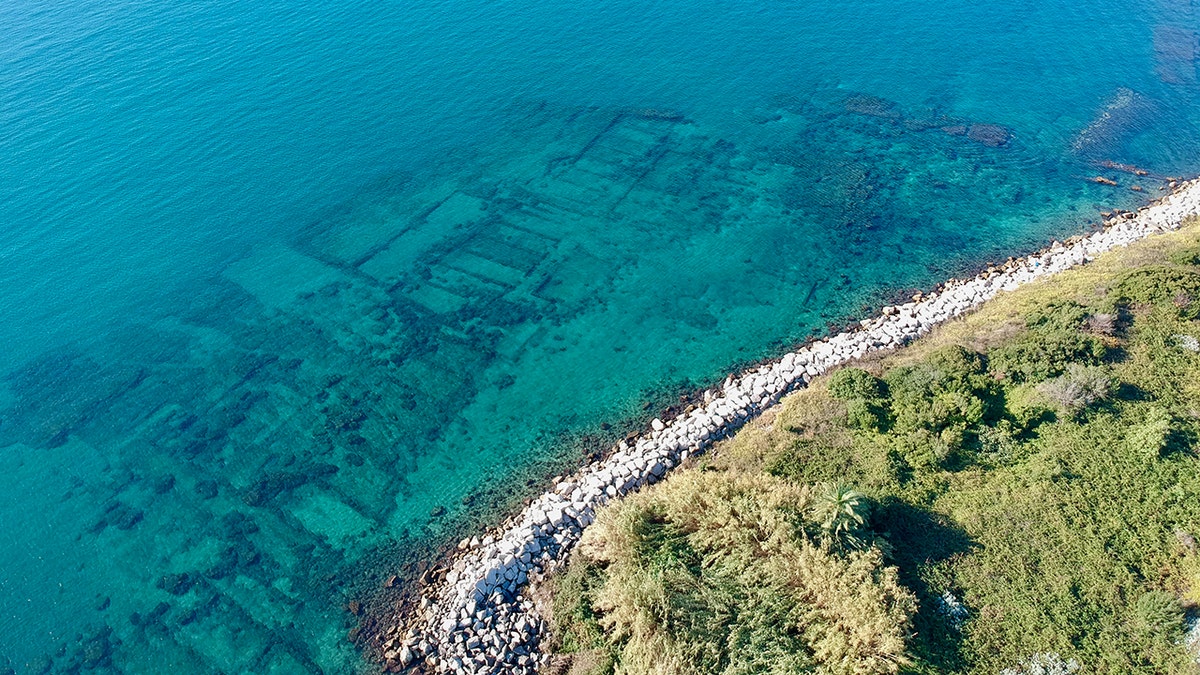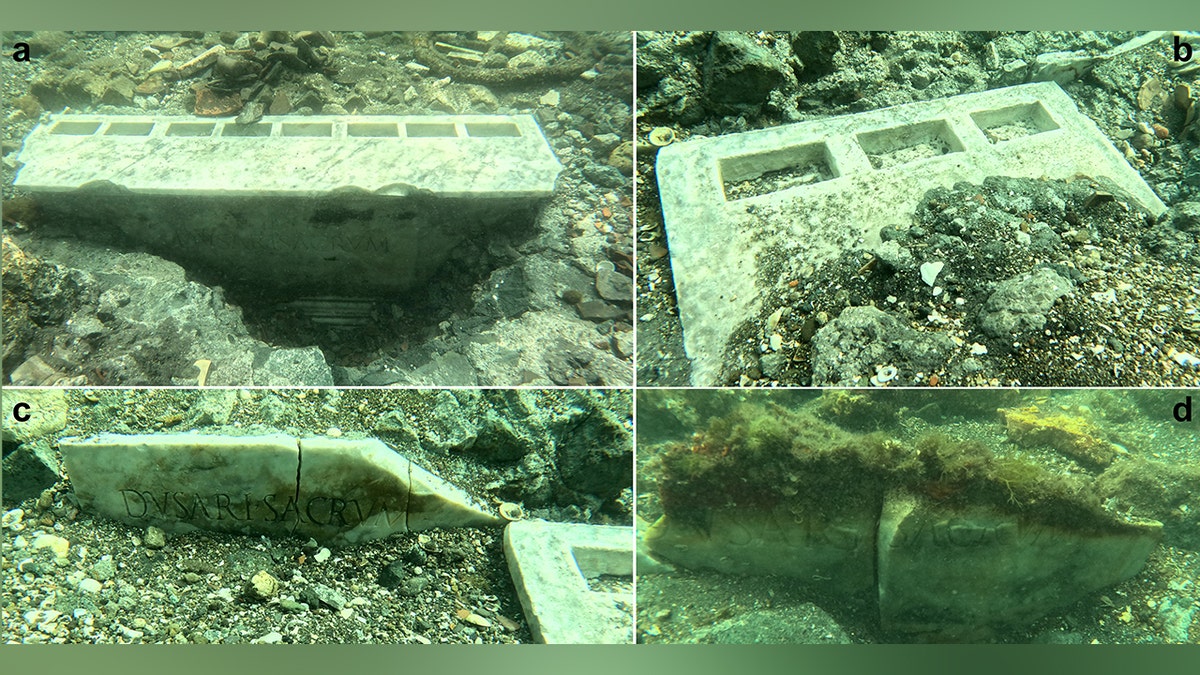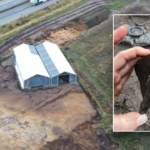Archaeologists have found the stays of a 2,000-year-old temple submerged off the Italian coast close to Naples, probably constructed by immigrants from Nabataea, an historical Arabian kingdom.
Nabataea is understood for Petra’s iconic rock-carved constructions, together with the Treasury, famously featured in “Indiana Jones and the Final Campaign.”
The Nabataean kingdom as soon as managed a commerce community stretching from northern Arabia to the Mediterranean, dealing in incense, gold, ivory, and perfumes. Their wealth peaked within the first century A.D., exemplified by Petra’s Treasury.
WATCHES WITH TIES TO ‘TITANIC’ FILM AND WRECK SITE HEAD TO AUCTION
The temple, thought to have been utilized by Nabataean merchants, was later buried beneath concrete and pottery, presumably because of the merchants leaving the realm, in response to a research printed in Antiquity on September 12.
Scholar Michele Stefanile with the Scuola Superiore Meridionale in Italy first started the underwater research in 2021 to go looking the realm.

Camels seen in entrance of The Treasury in Petra, a well-known archaeological website. Petra is a UNESCO World Heritage website and one of many seven wonders of the world. Previously an historical Nabataean capital, immediately Petra is inhabited by The Bidoul Bedouins. (Dominika Zarzycka/SOPA Pictures/LightRocket by way of Getty Pictures)
“Once I was a scholar, I used to be impressed by the presence of some Nabatean materials discovered someplace within the sea in Puteoli because the XVIII century, and I used to be additionally astonished that no person actually organized a hunt for this spectacular historic testimony.,” stated Michele Stefanile, a maritime archaeologist on the Southern Graduate Faculty in Naples to Fox Information Digital.
The temple lies close to Pozzuoli, round 10 miles east of Naples. Throughout Roman instances, Pozzuoli was referred to as Puteoli and served as a buying and selling port.
DIVERS RECOVER ‘UNIQUE’ ALCOHOL BOTTLES FROM THE 1700S NEAR FLORIDA
In 2023, researchers mapping the seafloor found two submerged rooms with Roman-style partitions. The rooms, about 32 by 16 toes, contained two white marble altars, every with rectangular recesses that probably held sacred stones.
“It appears that evidently we’ve got a constructing devoted to the Nabataean gods, however with Roman structure and Latin inscription,” Stefanile stated to Dwell Science.

Aerial view of a recently-discovered Nabataean temple off the coast of Napoli in Italy. (Michele Stefanile, Antiquity)
Marble slabs within the rooms have been inscribed in Latin with the phrase “Dusari sacrum,” that means “consecrated to Dushara,” the deity of the Nabataean individuals.
Volcanic exercise over centuries has submerged about 1.2 miles of Roman-era buildings close to Pozzuoli, together with warehouses and different constructions from the traditional port. Artifacts recovered because the 18th century instructed a temple could be buried there, however its precise location was unknown till now.

Underwater images taken by Michele Stefanile present leftover slabs from the Nabataean temple. (Michele Stefanile, Antiquity)
“Presumably after Trajan’s conquest of Arabia in 106 A.D., the Nabataeans had no extra chance of free buying and selling in Puteoli, they usually presumably deserted the harbor,” Stefanile stated to Dwell Science.
After Nabataea was annexed into the Roman Empire in A.D. 106, the inland commerce routes managed by the Nabataeans collapsed. The temple at Puteoli could have been buried in response to those adjustments.
CLICK HERE TO GET THE FOX NEWS APP
“The whole area is characterised by an intense volcanic exercise, that prompted the submersion of the entire historical coastal strip at a depth of 0-6 meters,” in response to the Scuola Superirore Meridionale.







